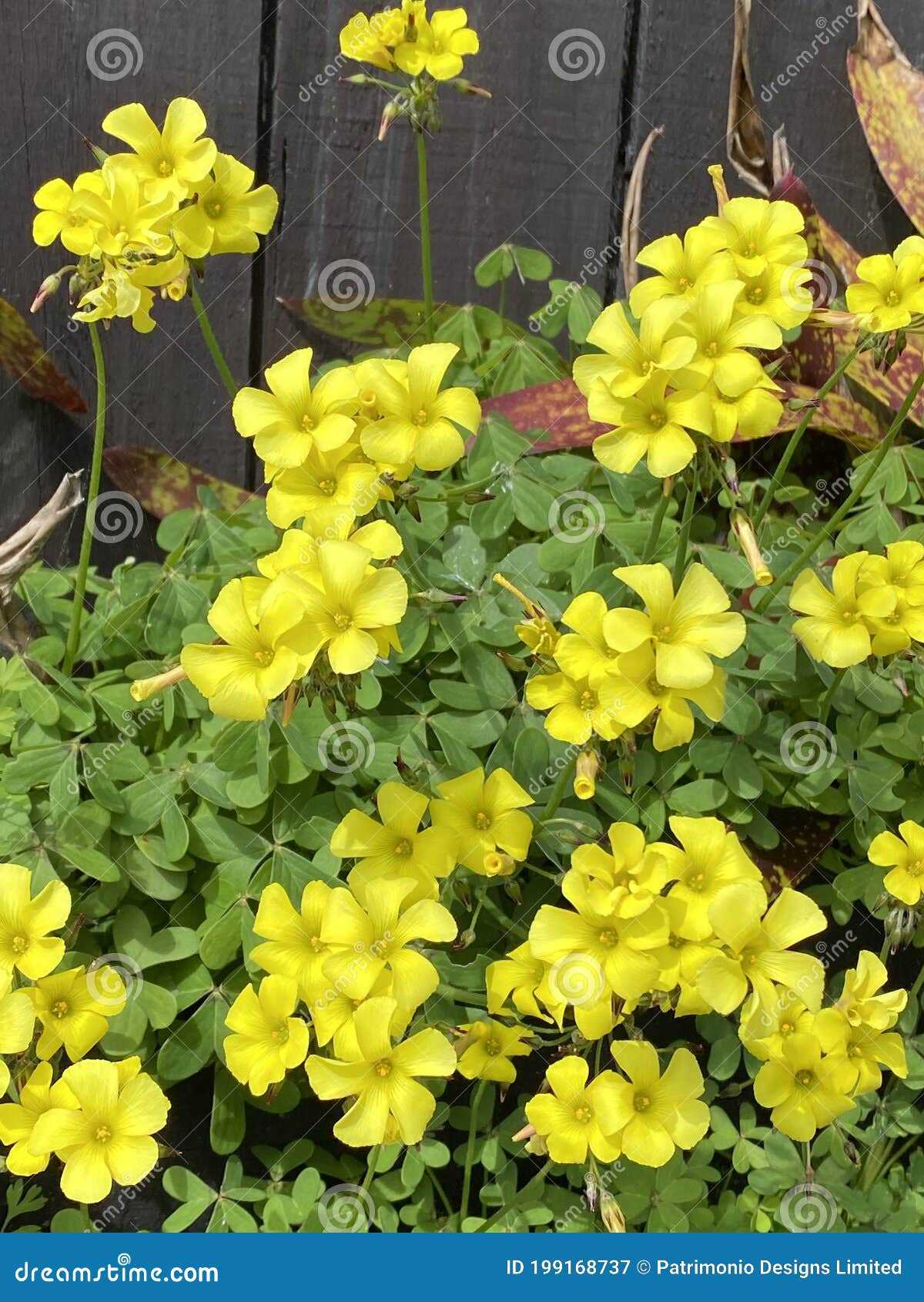

Leaves are heart shaped in both plants and held in pairs of three.
Bermuda buttercup full#
Bermuda buttercup is most likely to grow in full sun in coastal areas.Both of these are found across the Northern hemisphere and are persistent pests in the landscape. Two of the most common types of Oxalis weeds are creeping wood sorrel and Bermuda buttercup. Managing Oxalis weeds can be a huge challenge due to the tough root system and all the different methods the plant has to reproduce itself and persist. It also forms a fleshy taproot and an extensive branching root system. Anywhere the stem touches the ground the plant can root, potentially producing more and more plants. The seeds are also prolific and are ejected when ripe from tiny seed pods that look like mini okra. Each rhizome will eventually produce tiny bulbils. Oxalis is a perennial weedy groundcover, which spreads through interlocking rhizomes that are easy to break apart. Learn to get rid of Oxalis weeds with some easy steps and save yourself time and energy as well as sanity. It produces volatile viable seed and also relies upon bits of itself being transported by animals, or us, to establish itself in almost any type of soil. The low growing plant can re-establish from just a tiny stem fragment, fragile breakable rhizomes or bulbils. By any name the weed is Oxalis, a tear your hair out dogged weed that can take years to remove from your garden. Oxalis Weed Factsīuttercup oxalis, wood sorrel or sourgrass. Oxalis weed control also takes time, as each and every bulbil is removed or becomes ineffective. Managing Oxalis weeds takes determination, bulldog-ish stubbornness and inflexible resolve. The persistent plant is found in many parts of the world and rises from stem fragments and tiny bulbils. It is occasionally grown as a groundcover but to most gardeners it is a tenacious and annoying weed. Darby: Diane Pub Co.Oxalis looks a bit like a miniature clover plant, but it bears tiny yellow flowers. The Nature Conservancy Global Invasive Species Team. Soil Solarization for Gardens and Landscapes.

Poisonous Plants of the United States and Canada. Factors affecting germination in greenhouse-produced seeds of Oxalis corniculata, a perennial weed. Weeds of California and Other Western States. The plant dies in the summer months.ĭiTomaso, J. The Bermuda Buttercup develops in the late winter and early spring. White bublets sometimes develop on the stem, and cultivates adjacently to an aboveground plant. Also, sometimes the three leaflets are spotted with purple dots. The Bermuda Buttercup grows from bulbs that come about in the fall months. With this shamrock like plant, there can only by three sides and on a rare occasion four. The average height for this plant is 14 inches and rarely goes beyond that. This flower blooms in between November and April. Death is a common result and many farmers like to kill of the Bermuda Buttercup from their farming ground. Oxalate poisoning is common for livestock to receive if there is a high consumption. "The genus name Oxalis is derived from the Greek word meaning “sour,” referring to the sour-tasting oxalic acid present throughout the plants." (DiTomaso 2007). This is a significant family, because it is very poisonous to those who intake the two plants too much. The Bermuda Buttercup is related to Oxalis corniculata ( blossom_top(aka).jpg). It is also used commonly as a plant for landscape architectures. The common ecology of a plant like this is found mostly in irrigated territories, vineyards, crop fields and urban areas. Interesting to know how it ended up in Berkeley. The Bermuda Buttercup is also a South African native, cultivated as a ornamental. It is a common weed in artichoke fields in Central CA. This shamrock like plant is a "a low growing perennial broadleaf plant" (Davis 2014) most commonly found in CA. Named the "Bermuda Buttercup" is also known as buttercup oxalis. I immediately snapped the photo, because it's origins were something I was curious about. Yellow on a gray day, it stuck out to me. I was walking on Bancroft when I saw this plant. Natural History Story of the Bermuda Buttercup


 0 kommentar(er)
0 kommentar(er)
